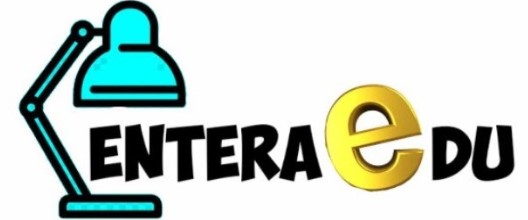Lean Management Certification Journey
What is Waste?
To defining waste, we have to first understand a basic premise. Let's begin, lean experts define a process step as value added if the customer recognizes the value and is willing to pay for it.
The process step changes or transforms the product, and it is done right the first time. There are some activities that do not change or transform the product or service, the customer is not willing to pay for these activities.
You will call these activities as non-value added activities. A classic example is defect causing to revoke.
The customer expects to pay for the number of hours promised to go to the computer program, but does not want to pay the extra time required to fix the bugs caused by errors of the computer programmer.
The customer expects to pay for the number of hours promised to go to the computer program, but does not want to pay the extra time required to fix the bugs caused by errors of the computer programmer.
A key step in making an organization more lean is the detection and elimination of non-value added steps.
Asking the impertinent questions is the key to done to effectively search the non-value added . There are in all eight categories of waste. This list includes Defects, Over production, Waiting, Non-utilized skills, Transfer, Inventory, Motion and Excess processing.
Asking the impertinent questions is the key to done to effectively search the non-value added . There are in all eight categories of waste. This list includes Defects, Over production, Waiting, Non-utilized skills, Transfer, Inventory, Motion and Excess processing.
What is Value Stream Maps?
Value Stream Map is a lean technique used to document, analyze and improve the flow of information or materials required to produce a product or service from a customer.
The purpose of value stream map is to identify and eliminate waste in a value stream, thereby increasing the efficiency of a given value stream value stream map reviews, the flow of process steps and information from origin to delivery to the customer.
It uses a system of symbols to depict various work activities and information flows. A value stream map extends on a process map.
The key difference between the two is that the process map is the work that should ideally happen on the floor and the value stream map is the work that actually happens on the floor.
The TPS House.
The TPS house diagram has become one of the most recognizable symbols in modern manufacturing. It was developed by Fujio Cho, the President of Toyota Motor Corporation and a keen disciple of Taiichi Ohno.
Why a house?
Because a house is a structural system. The house is strong only if the roof, the pillars, and the foundation are strong.
The TPS house starts with the goals of best quality, lowest cost, shortest lead time, best safety and high morale. These goals belong to the roof of the house.
Then there are two outer pillars, there are Just in Time and Jidoka. The center of the system are people, continuous improvement or Kaizen and Waste reduction.
Finally there are various foundational elements, which include a leveled production schedule also called as Heijunka, stable and standardized processes, visual management and the Toyota way philosophy.
Taiichi Ohno is attributed as the creator of the Toyota Production System and as a one of the Lean Pioneer.
Written by:
Continuous Improvement Learner | Lean Six Sigma Yellow Belt | PDCA Cycle | Kaizen

